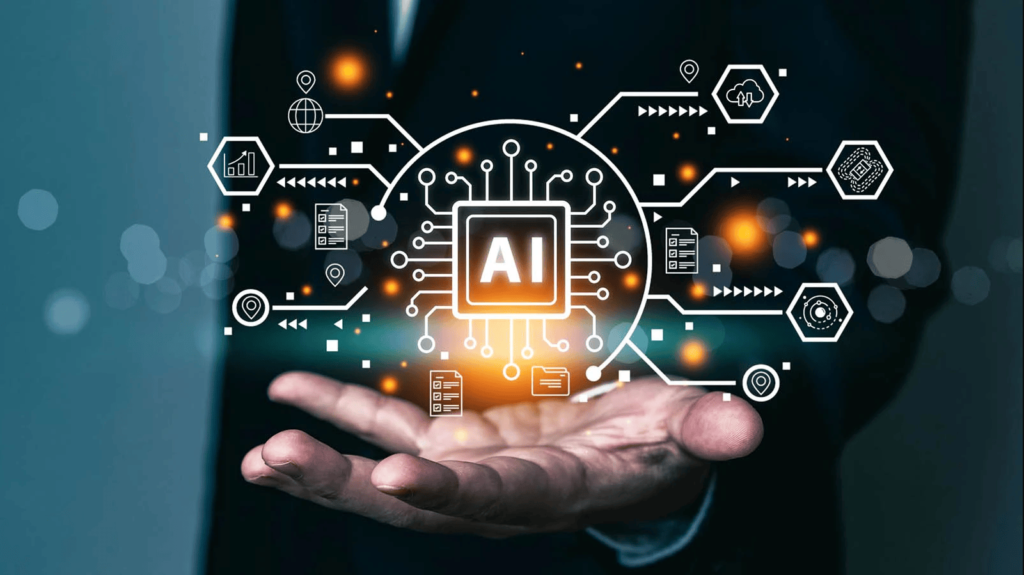Unlocking AI: Use Cases in Finite Element Analysis
Finite Element Analysis (FEA) has revolutionized engineering, enabling detailed simulations that predict how structures and materials behave under real-world conditions. Now, with rapid advances in artificial intelligence (AI), FEA is poised for a breakthrough. Imagine simulations that are not only faster and more accurate but also capable of adapting to complex scenarios in real time. In this article, we explore how AI-driven innovations like real-time model calibration and predictive analytics are transforming FEA, showcasing real-world use cases that highlight its future potential.

Optimizing Mesh Generation
In FEA, creating a well-constructed mesh is essential for accurate simulations, yet traditional methods require substantial time and expertise. AI reshapes this process by automating mesh refinement and tailoring meshes based on learned experiences.
- Learning from Past Successes: Machine learning algorithms analyze previously generated meshes to identify what works best for specific simulations. For example, if certain mesh elements excelled in past structural analyses, AI can replicate these patterns for similar new models, improving accuracy and saving time.
- Real-Time Mesh Quality Prediction: AI evaluates mesh quality on the fly, flagging weak spots and suggesting adjustments before running simulations. This minimizes trial-and-error, helping engineers produce high-quality meshes more efficiently.

Surrogate Modeling
When engineers are constrained by limited computational resources or time, surrogate models offer a valuable shortcut by providing approximate FEA results. AI enhances surrogate modeling with innovative algorithms that bring speed and efficiency without sacrificing precision.
- Cutting Computational Costs: Surrogate models simplify complex simulations, enabling quick evaluations without the computational burden of full FEA models. For instance, in automotive crash tests, surrogate models can provide fast insights for initial design decisions.
- Instantaneous Predictions: AI-powered surrogate models allow for real-time design iterations, letting engineers tweak designs and immediately see approximate performance changes. This accelerates innovation in fast-paced fields like aerospace and automotive.
Automated Design Optimization
Traditional optimization techniques can be slow and limited in scope, but AI allows engineers to explore broader, more complex design spaces with ease.
- Exploring Broad Design Spaces: AI algorithms like genetic or reinforcement learning scan vast design possibilities, identifying optimal solutions quickly. This is especially valuable in additive manufacturing, where discovering lightweight yet strong geometries is critical.
- Multi-Objective Optimization: AI balances competing goals, such as strength, weight, and cost. For example, when designing a bridge, AI delivers designs that meet all objectives without compromising quality or feasibility.

Enhanced Data Analysis
With simulations generating vast amounts of data, engineers often struggle to analyze results effectively. AI tackles this challenge by processing and interpreting data with precision, uncovering patterns that may otherwise be missed.
- Spotting Anomalies Instantly: AI detects irregularities in simulation data that might indicate errors or unexpected behaviors, such as unusual material responses. These insights are crucial in safety-critical industries like aerospace or healthcare.
- Predictive Maintenance Insights: By analyzing historical simulation data, AI predicts component wear and failure, enabling proactive maintenance. For example, engineers can plan timely replacements for machinery parts, reducing downtime.
Automated Model Calibration
Model calibration aligns FEA simulations with real-world behaviors, yet traditional methods are resource-intensive. AI-driven calibration speeds up this process by learning from data and intelligently adjusting model parameters.
- Learning from Discrepancies: AI adjusts simulation models to account for differences between predicted and experimental results, ensuring future analyses are more accurate.
- Focusing on Impactful Parameters: AI identifies the parameters that most affect outcomes, helping engineers target adjustments effectively without exhaustive recalibration. This is especially useful in long-term projects, such as civil infrastructure assessments.
Integration with IoT and Real-Time Monitoring
As the Internet of Things (IoT) continues to grow, combining IoT data with FEA models offers engineers a window into real-time structural performance.
- Dynamic Data Feedback: Live sensor data updates FEA models in real-time, providing ongoing structural integrity assessments. For instance, bridge sensors monitoring stress and load changes can enhance safety with immediate insights.
- Adaptive Control Systems: AI-powered FEA models adjust dynamically to environmental changes. In smart buildings, for example, they optimize HVAC systems based on structural stress and external conditions.
Training and Knowledge Sharing
AI is not just for optimizing simulations; it’s also a powerful tool for training the next generation of engineers and fostering collaborative knowledge-sharing within organizations.
- Intelligent Tutoring Systems: AI tutoring tools teach new engineers FEA principles through interactive and adaptive simulations, fostering real-world problem-solving skills.
- Knowledge Graphs for Learning: AI-built knowledge graphs link similar FEA cases, offering engineers proven solutions for comparable problems. This resource reduces troubleshooting time and inspires innovative approaches.

Conclusion
The convergence of AI and FEA is set to redefine engineering simulation. From optimizing mesh generation to real-time model calibration and integration with IoT systems, AI enhances FEA by making it faster, smarter, and more adaptive to real-world conditions. As these technologies mature, they promise to make simulation tools more accessible while addressing unprecedented engineering challenges. The future of FEA lies in this synergy with AI, paving the way for more precise, insightful, and resilient designs. How will you leverage this transformation to shape the future of engineering?
Have a question or comment? Join the discussion here.




